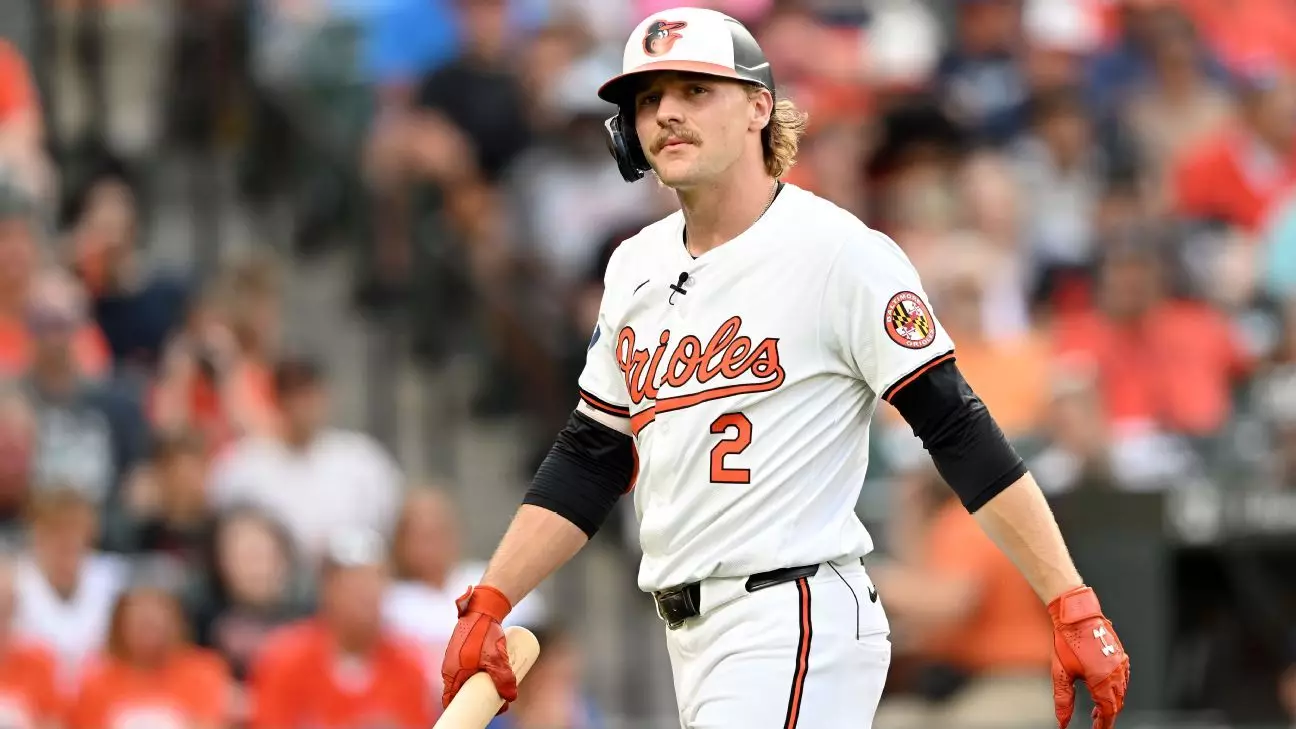The recent release of the allocation of the $50 million pre-arbitration bonus pool in Major League Baseball has generated quite a bit of buzz among fans and players alike. The distribution of these bonuses is based on various metrics, including Wins Above Replacement (WAR) calculations, and it is interesting to note the disparities in the amounts received by different players.
Upon closer inspection of the data, we can see that Baltimore shortstop Gunnar Henderson is poised to receive the largest amount from this year’s bonus pool. With a projected sum of $1,325,021, Henderson has outperformed his peers in terms of regular-season statistics. Kansas City shortstop Bobby Witt Jr. follows closely behind with a projected amount of $1,192,410. This indicates a clear hierarchy in terms of performance and bonus allocation among players in the league.
Critique of the Allocation Process
While the allocation of bonuses based on performance metrics like WAR may seem fair on the surface, there are certain flaws in this system that warrant further scrutiny. It is important to consider whether this method of distribution truly rewards the most deserving players or if it inadvertently disadvantages some individuals. The emphasis on specific statistical measures like WAR may not fully capture the overall contribution and value of a player to their team.
Furthermore, the fact that some players who have been selected for the All-Star Game are receiving lower bonus amounts than other less recognized players raises questions about the transparency and consistency of the allocation process. It is crucial for the MLB to ensure that the criteria for bonus distribution are clear and equitable to all players, regardless of their recognition in the league.
Implications for Player Compensation
The allocation of pre-arbitration bonuses has broader implications for player compensation and financial stability in the league. While these bonuses provide much-needed financial support to players with limited service time, they also highlight the significant disparities in player salaries and contract values. Some players, like Julio Rodríguez with a $10 million salary, earn substantially more than the league minimum or bonus pool allocations, calling into question the fairness of the compensation structure in professional baseball.
It is important for the MLB and the Players‘ Union to address these discrepancies and work towards a more equitable distribution of financial resources within the league. By reevaluating the criteria for bonus allocations and exploring alternative methods of player compensation, the MLB can create a more balanced and sustainable financial environment for all players, ensuring their long-term well-being and success in the league.
The allocation of the pre-arbitration bonus pool in Major League Baseball is a complex and contentious issue that requires careful consideration and analysis. While these bonuses can provide vital financial support to players, the current system of distribution may not always reflect the true value and contribution of individual players. By reexamining the criteria for bonus allocations and promoting greater transparency and equity in the process, the MLB can take significant steps towards creating a more just and inclusive financial system for all players in the league.


Napsat komentář